- 路 Microwave
- 路 Atmospheric Pressure Microwave 路 Pressure Microwave 路 Parallel Microwave
- 路 Ultrasonic 路Low Temperature Ultrasound
- 路 Ultraviolet Light
- 路 Microwave Heating 路 Atmospheric Pressure Synthesis 路 Atmospheric Pressure Catalysis 路 Atmospheric Pressure Extraction
- 路 Sample Preparation 路 Microwave Digestion
- 路 Soil Digestion 路 High Pressure Synthesis
- 路 Solid Phase Synthesis
- 路 Organic Synthesis
- 路 Ionic Liquid Synthesis
- 路 Degradation Of Natural Organic Matter
- 路 Natural Product Extraction / Purification
河北祥鹄科学仪器有限公司
207 Microwave-assisted rapid green synthesis of photoluminescent carbon nanodots from flour and their applications for sensitive and selective detection of mercury(II) ions
This paper, written by researchers from Sichuan Key Laboratory of Chemical Synthesis and Pollution Control and others, discusses Microwave-assisted rapid green synthesis of photoluminescent carbon nanodots from flour and their applications for sensitive and selective detection of mercury(II) ions. The paper is published in an important journal < Sensors and Actuators B: Chemical >. IF:5.667.
In recent years, the research work of microwave chemical instrument used in the synthesis of materials has become a hot direction of scientific research, which has been paid great attention to by many scholars!
The article reports on the microwave-assisted rapid green synthesis of photoluminescent carbon nanodots (C-dots) with diameters in the range of 1–4 nm using flour as the carbon source. It suggests that the resultant C-dots exhibit high sensitivity and selectivity toward Hg2+ with a detection limit as low as 0.5 nM and a linear range of 0.0005–0.01 M. The practical use of this system for Hg2+ determination in real lake water samples is also demonstrated successfully.

Fig.1/4↑
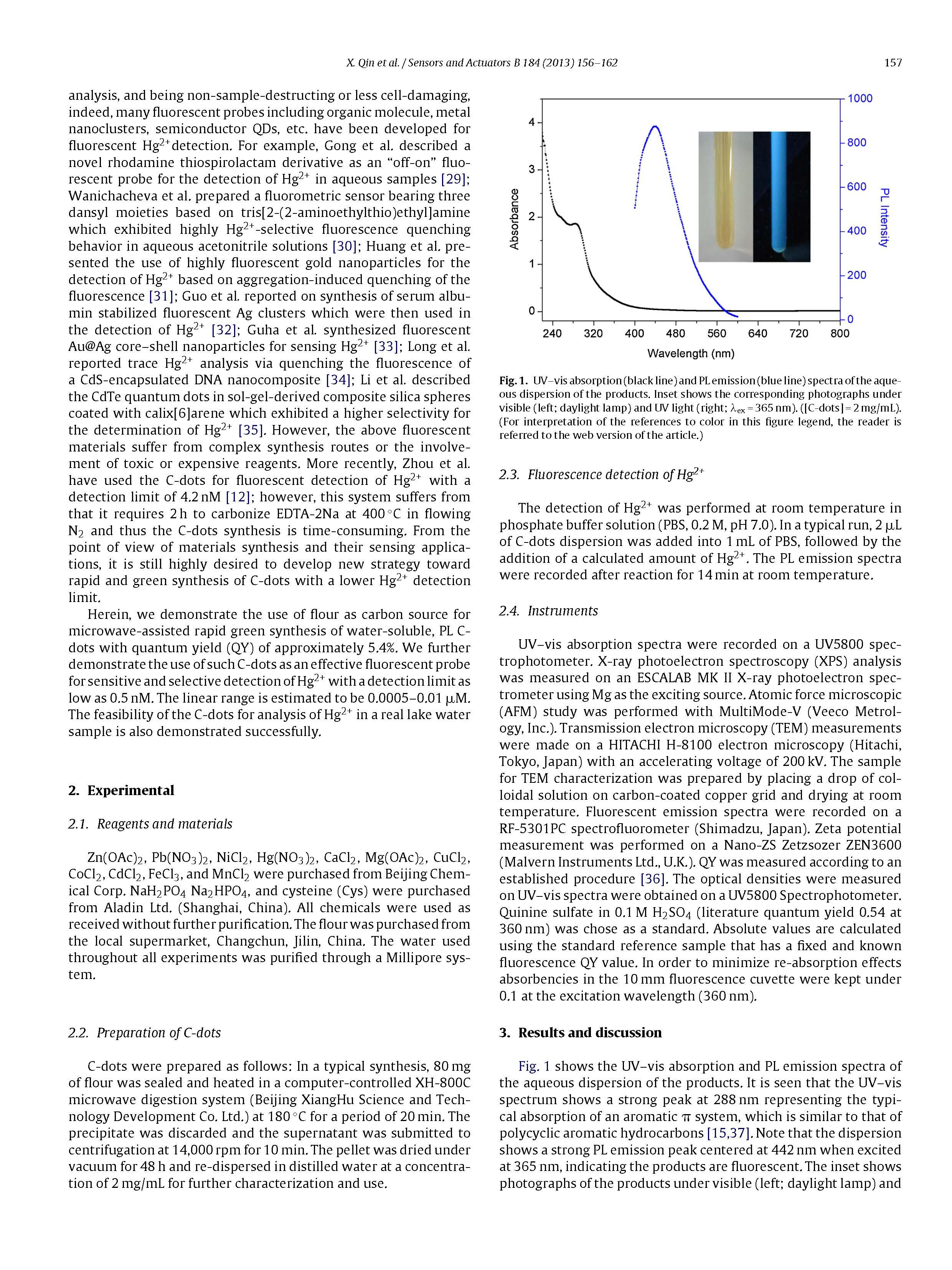
Fig.2/4↑
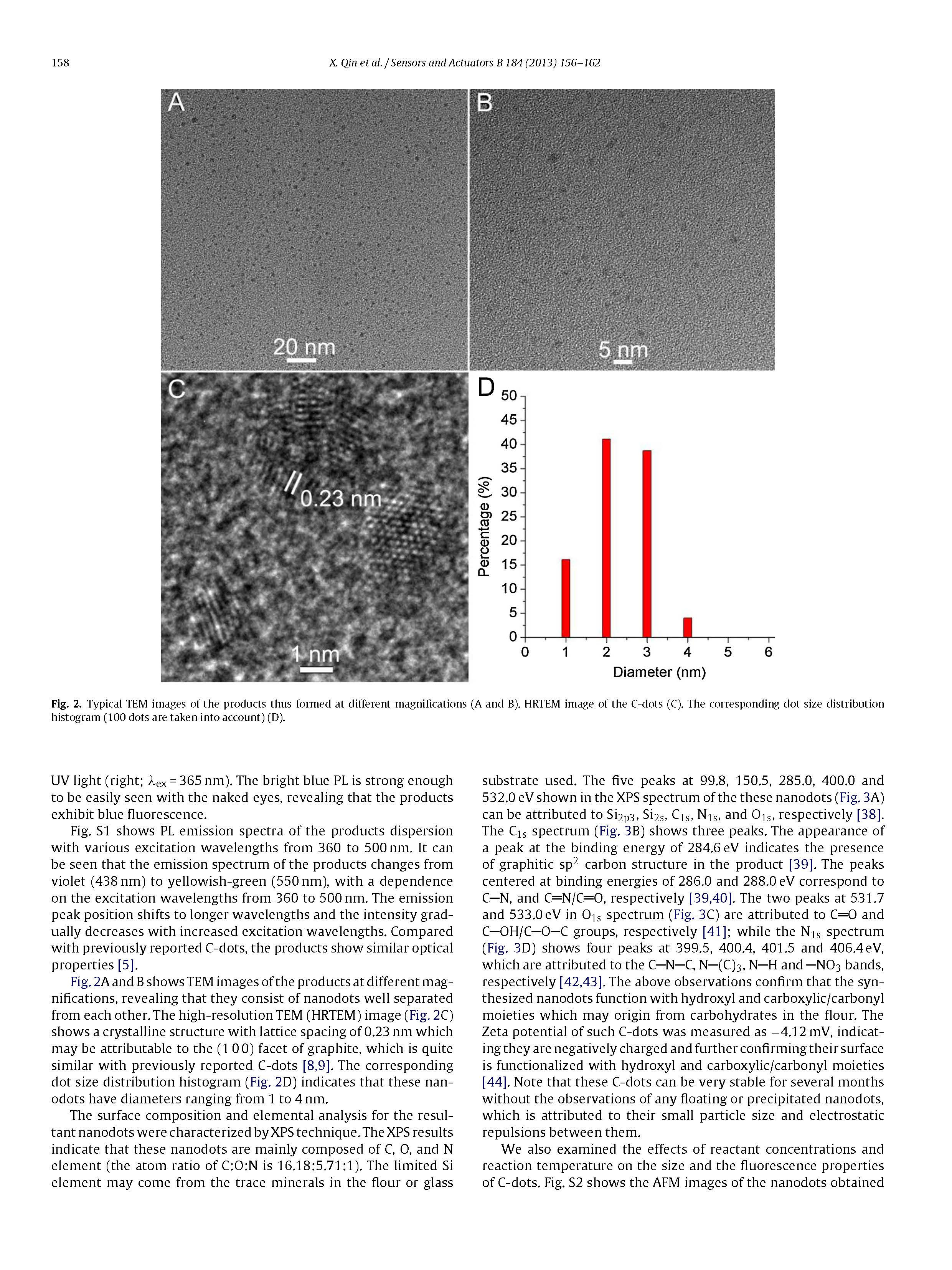
Fig.3/4↑
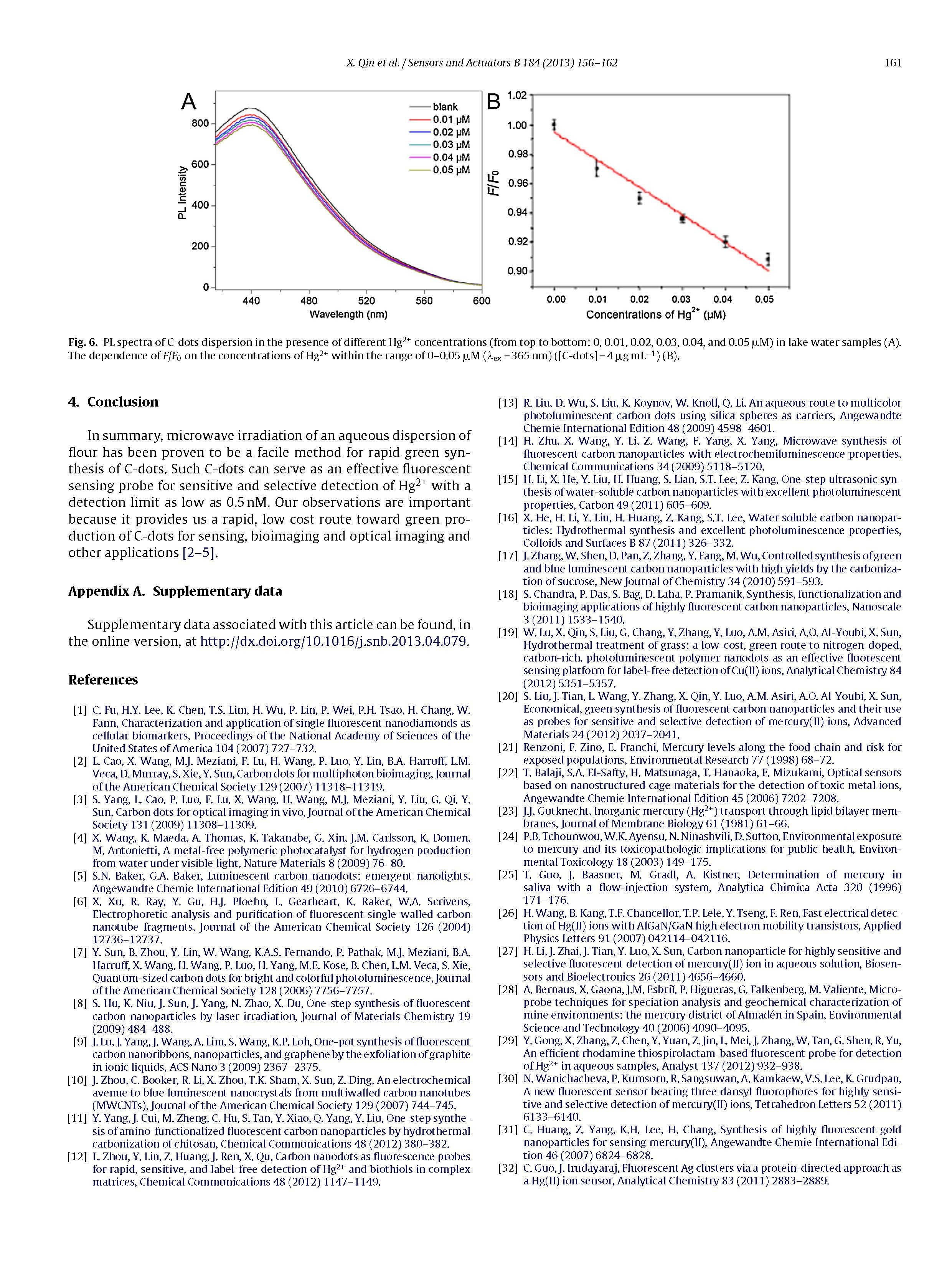
Fig.4/4↑
In summary, microwave irradiation of an aqueous dispersion of flour has been proven to be a facile method for rapid green synthesis of C-dots. Such C-dots can serve as an effective fluorescent sensing probe for sensitive and selective detection of Hg2+ with a detection limit as low as 0.5 nM. Our observations are important because it provides us a rapid, low cost route toward green production of C-dots for sensing, bioimaging and optical imaging and other applications [2–5].
C-dots were prepared as follows: In a typical synthesis, 80 mg of flour was sealed and heated in a computer-controlled XH-800C microwave digestion system (Beijing XiangHu Science and Technology Development Co. Ltd.) at 180 ◦C for a period of 20 min. The precipitate was discarded and the supernatant was submitted to centrifugation at 14,000 rpm for 10 min. The pellet was dried under vacuum for 48 h and re-dispersed in distilled water at a concentration of 2 mg/mL for further characterization and use.

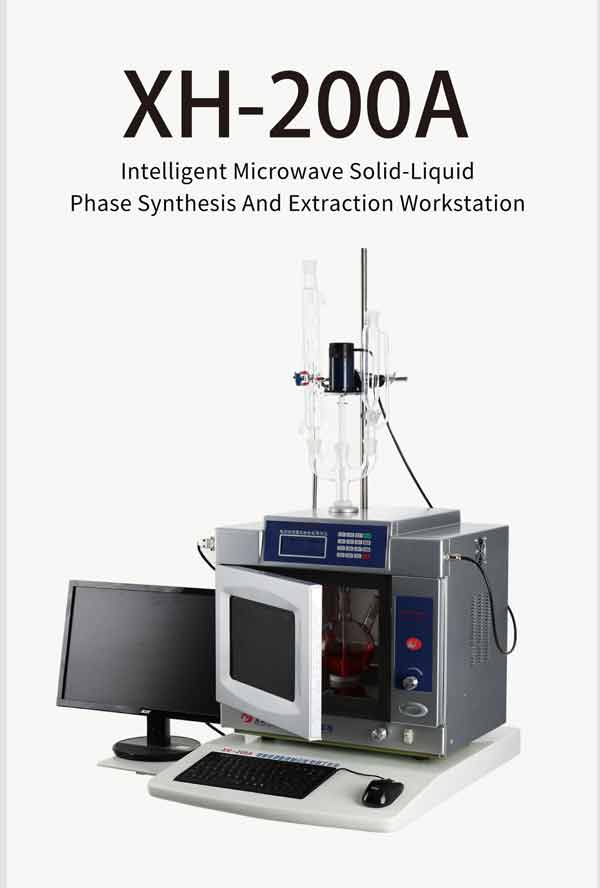
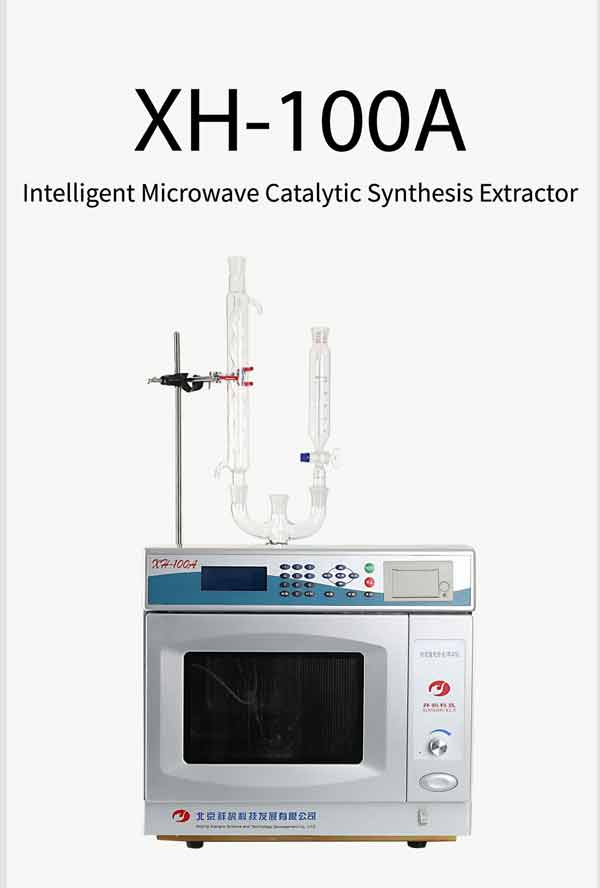
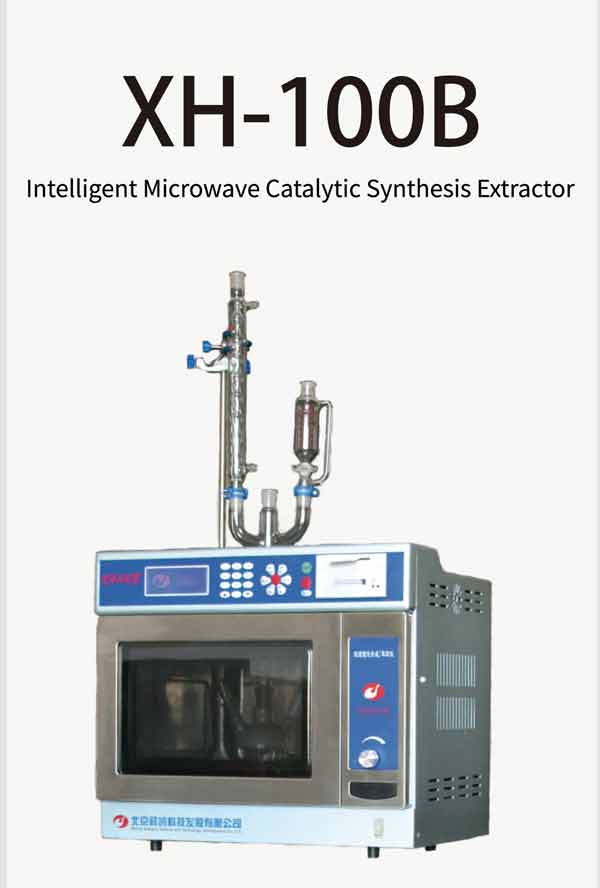
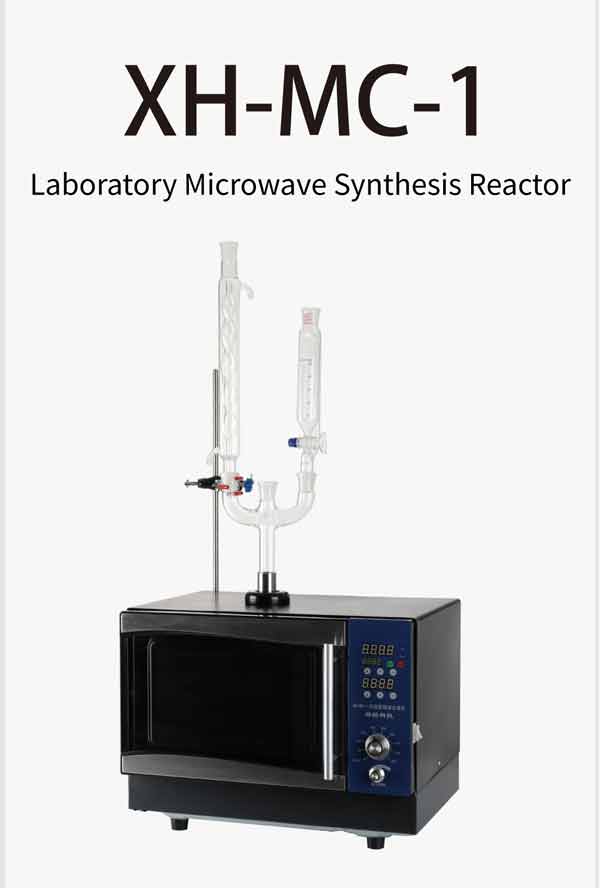

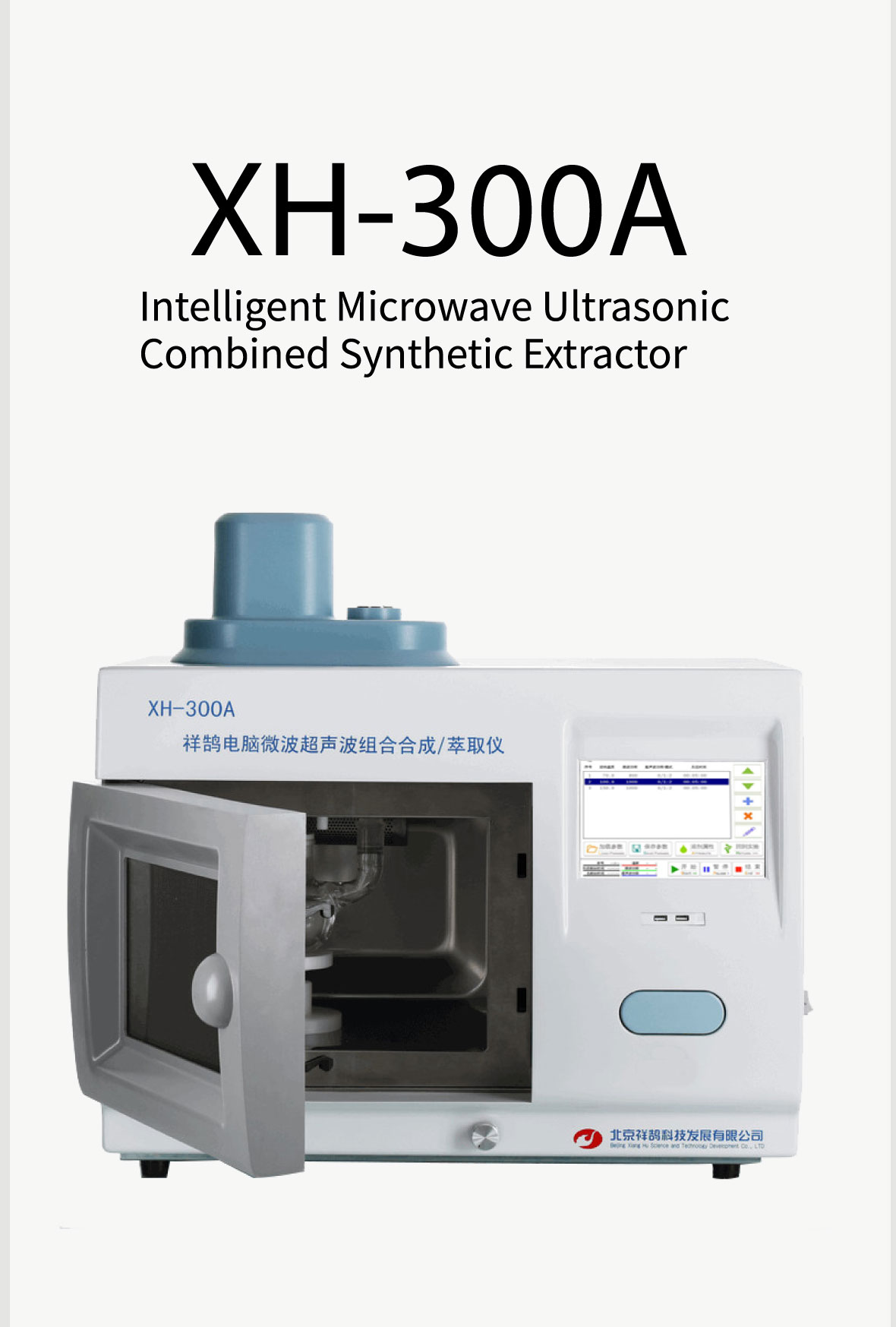
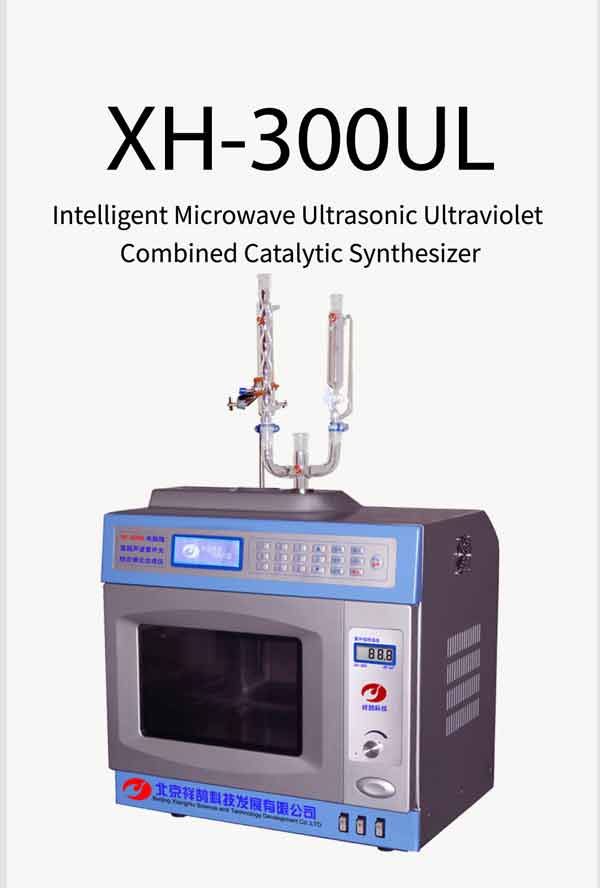
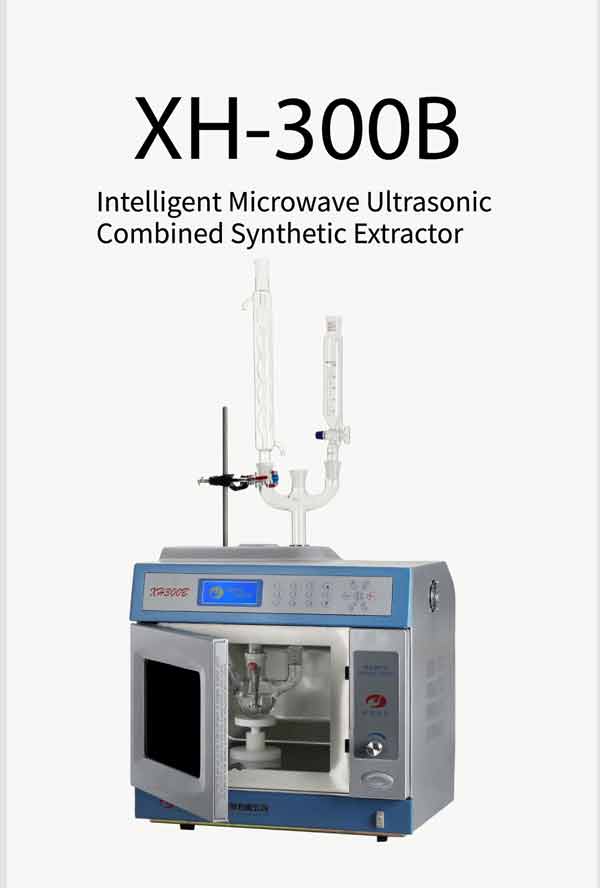

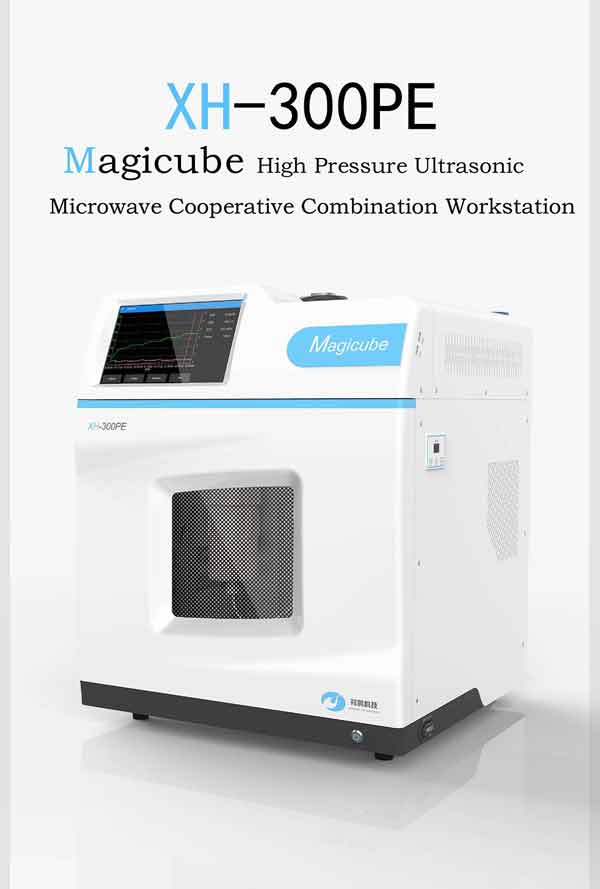
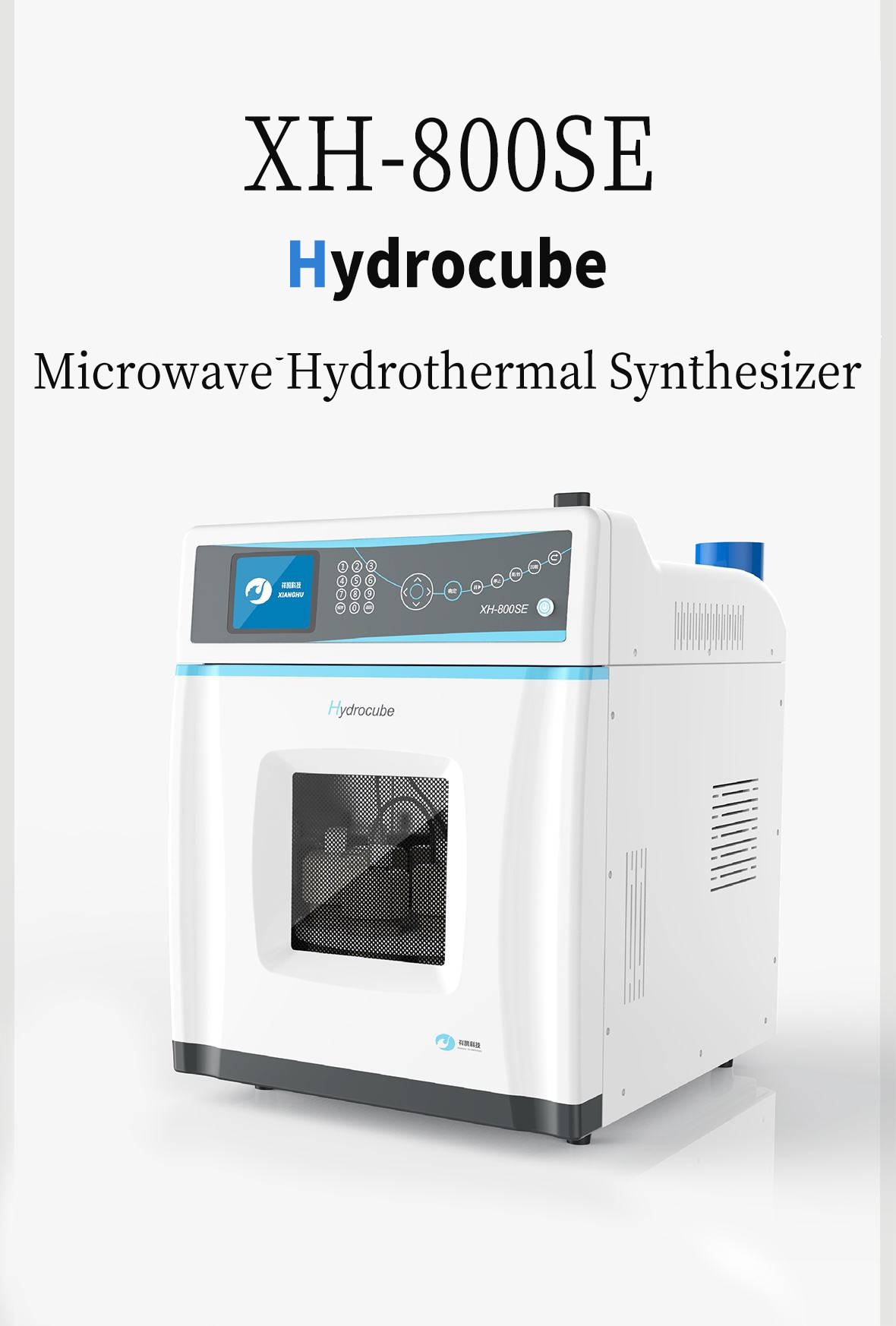
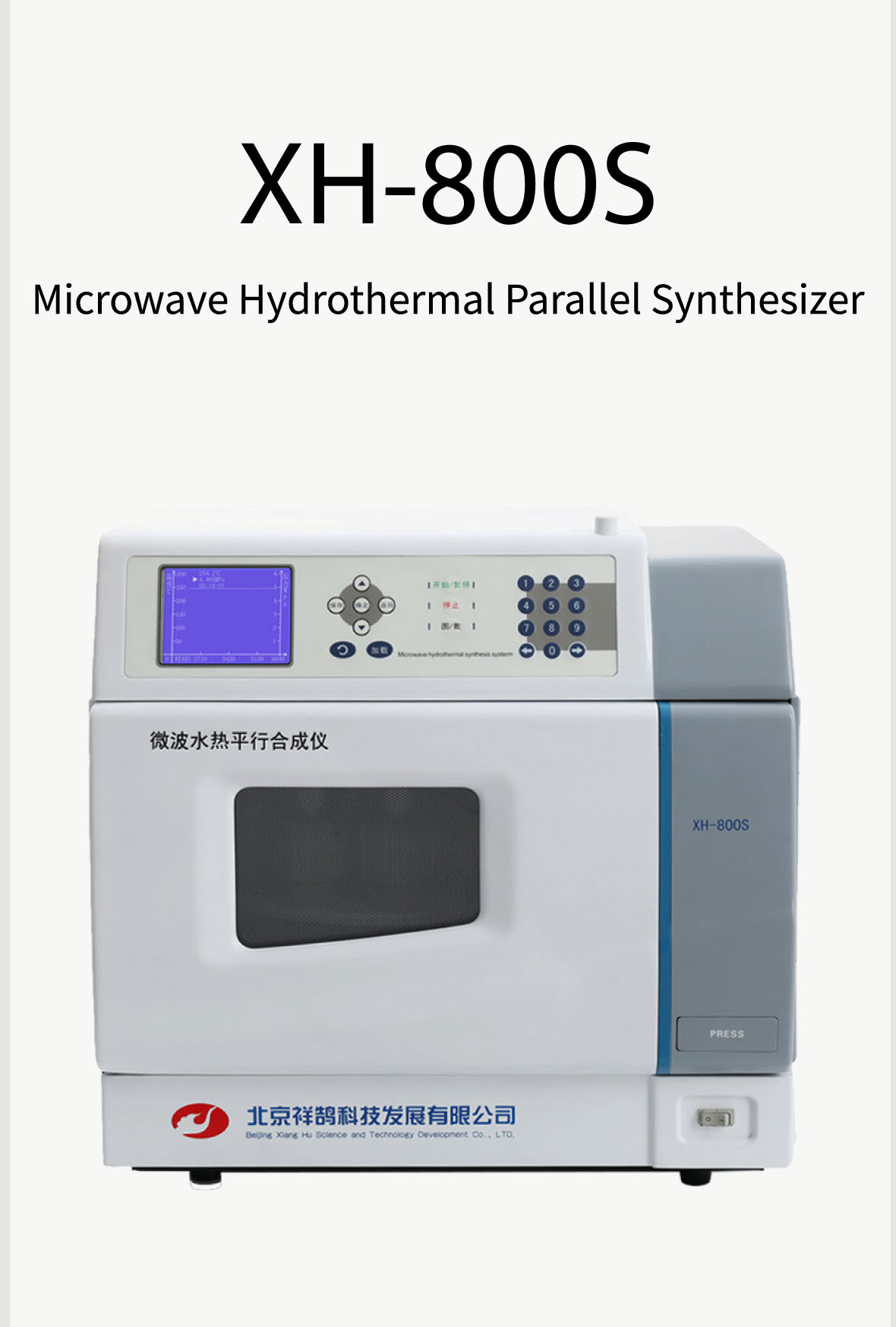
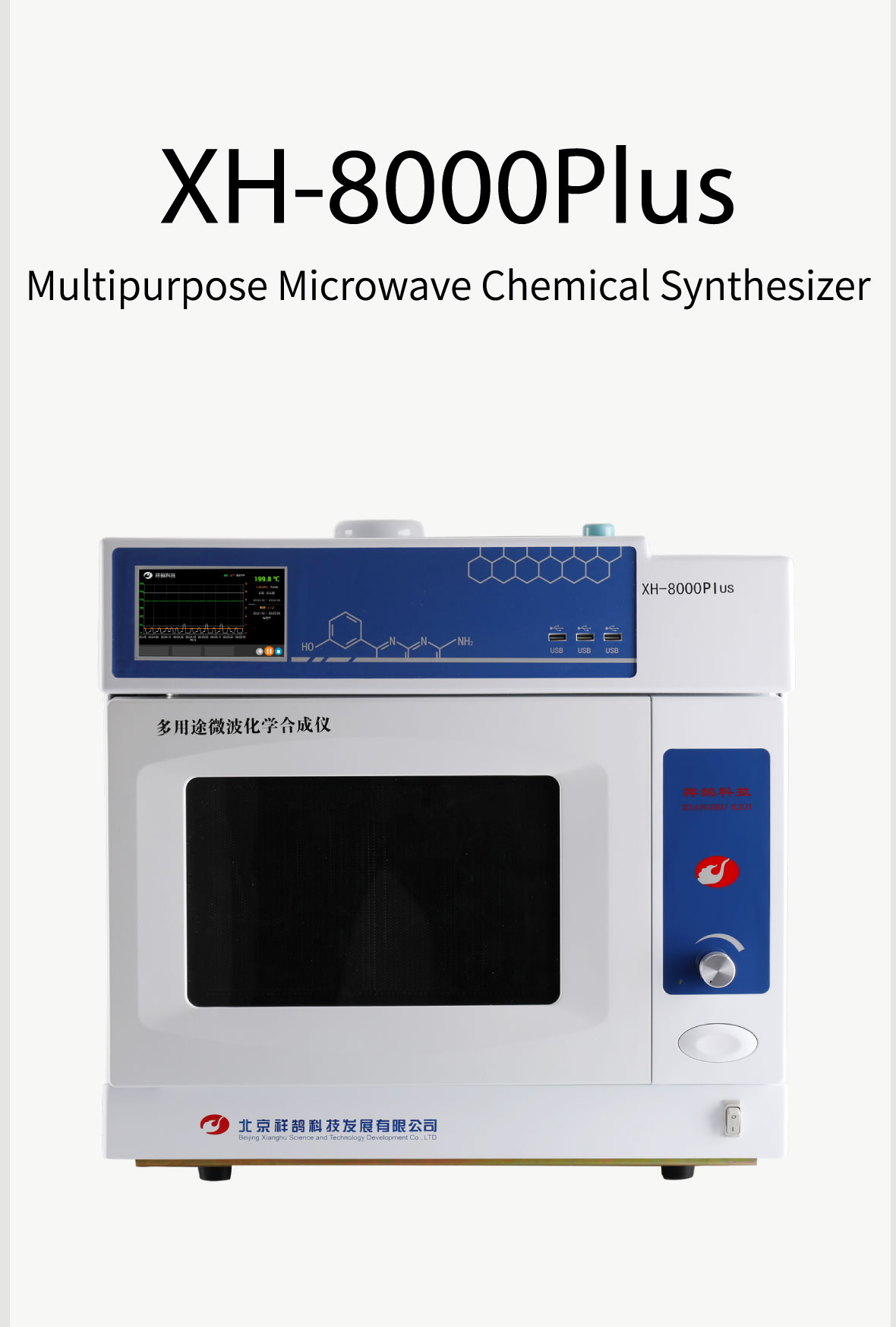
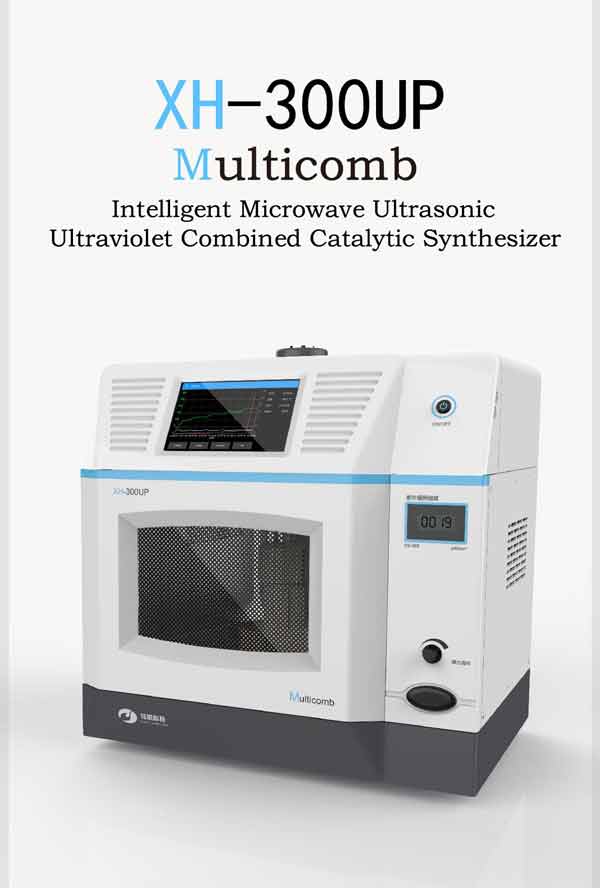
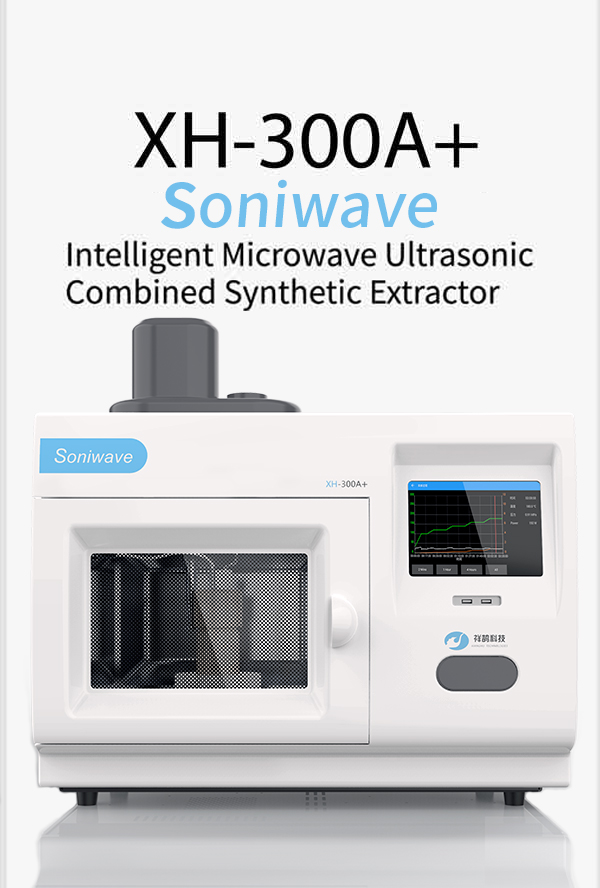
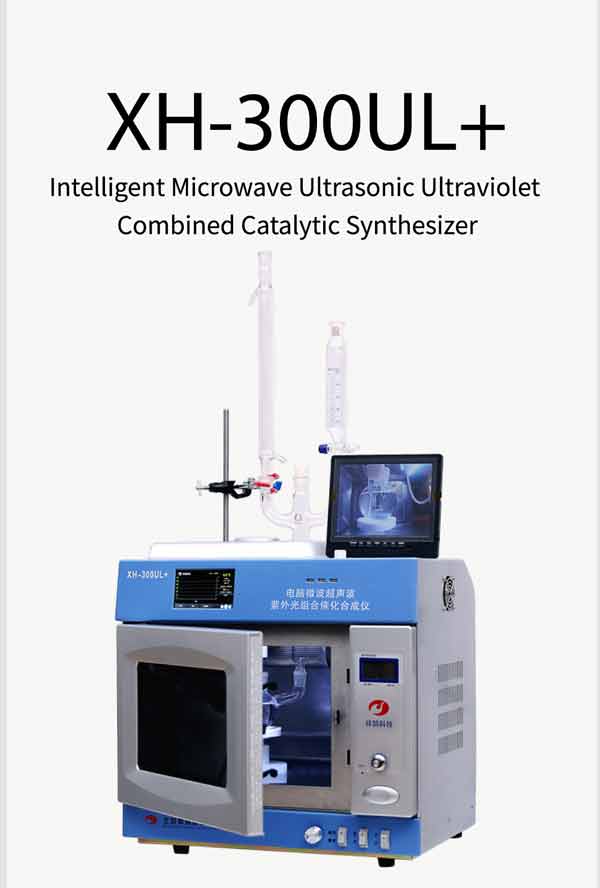
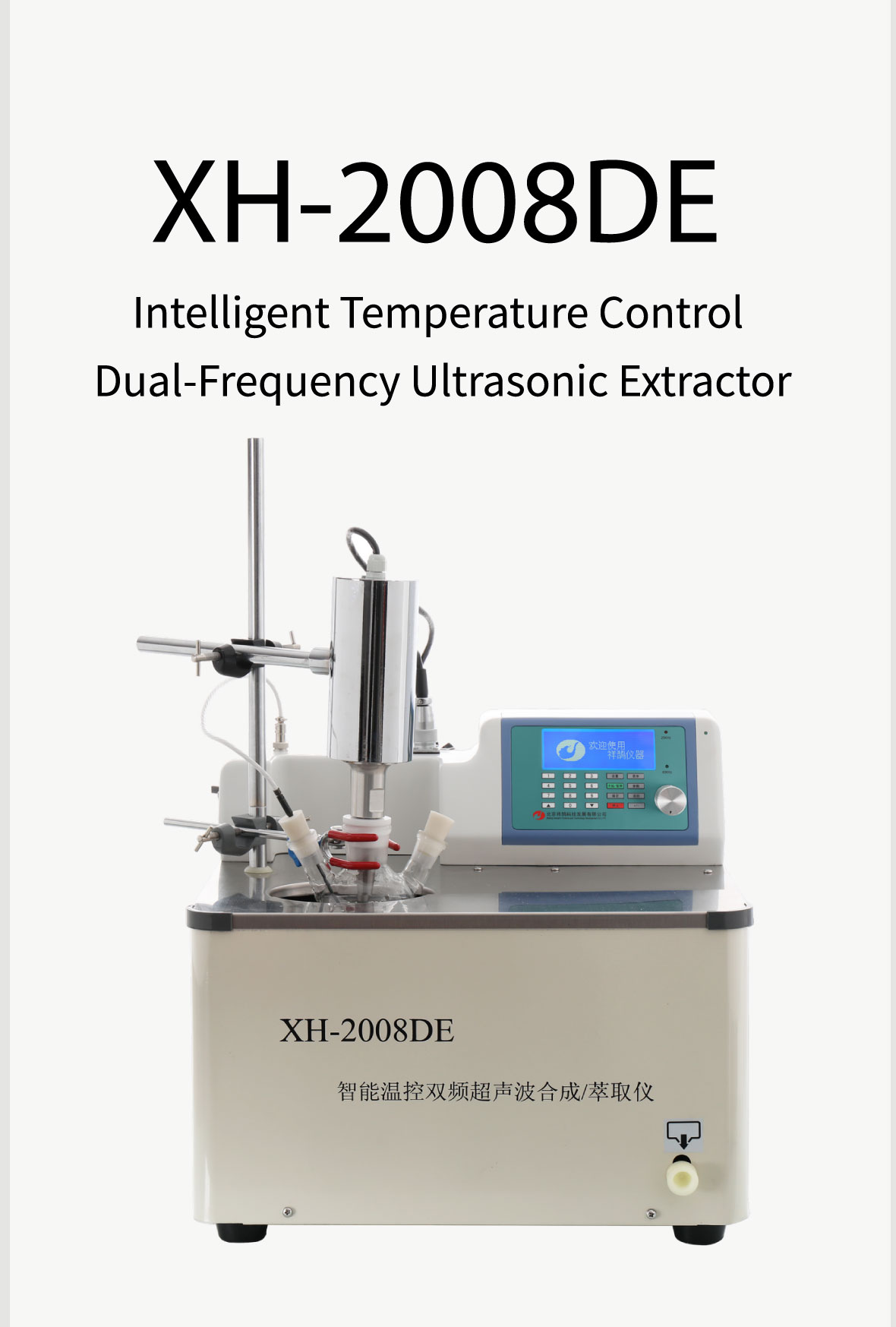
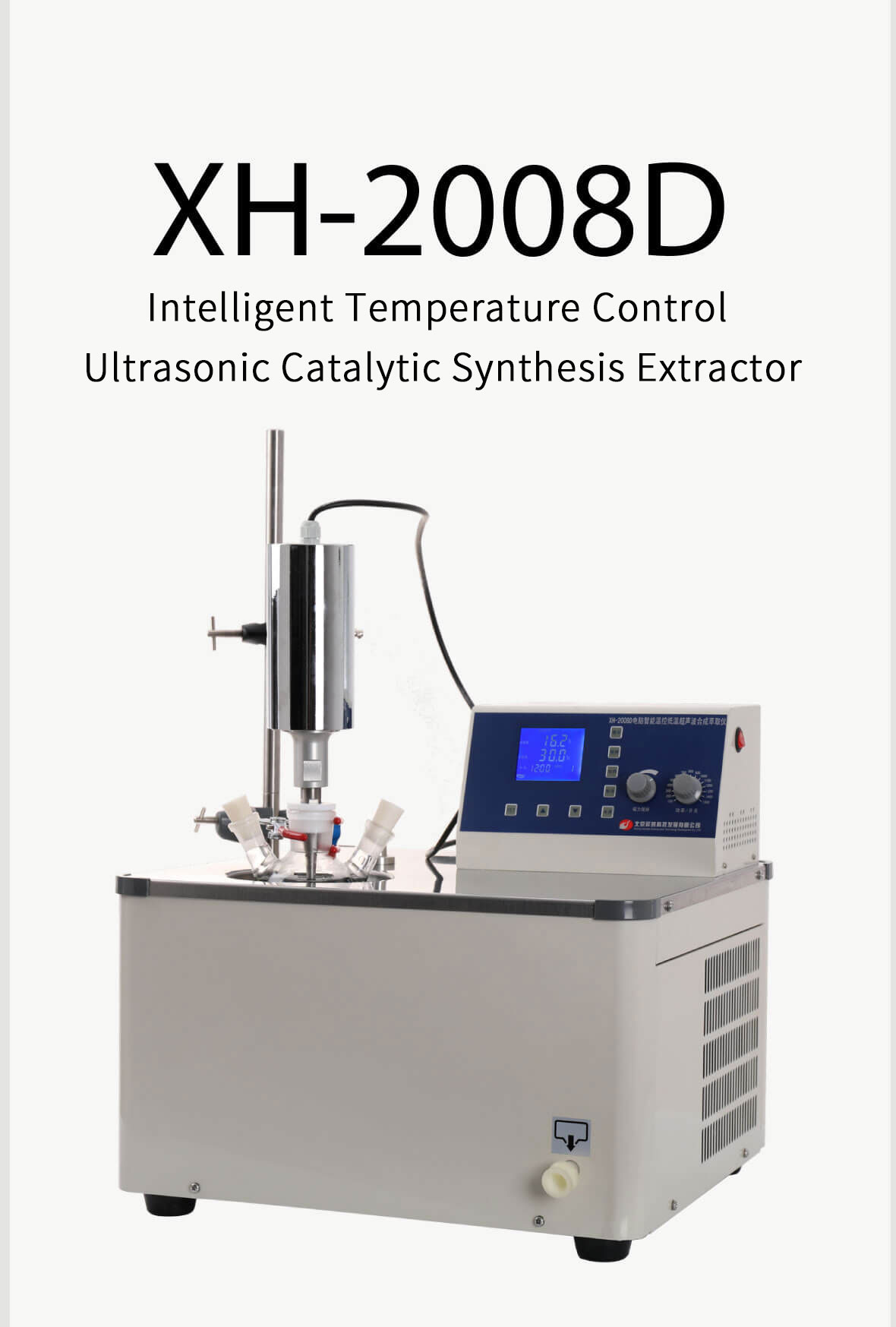


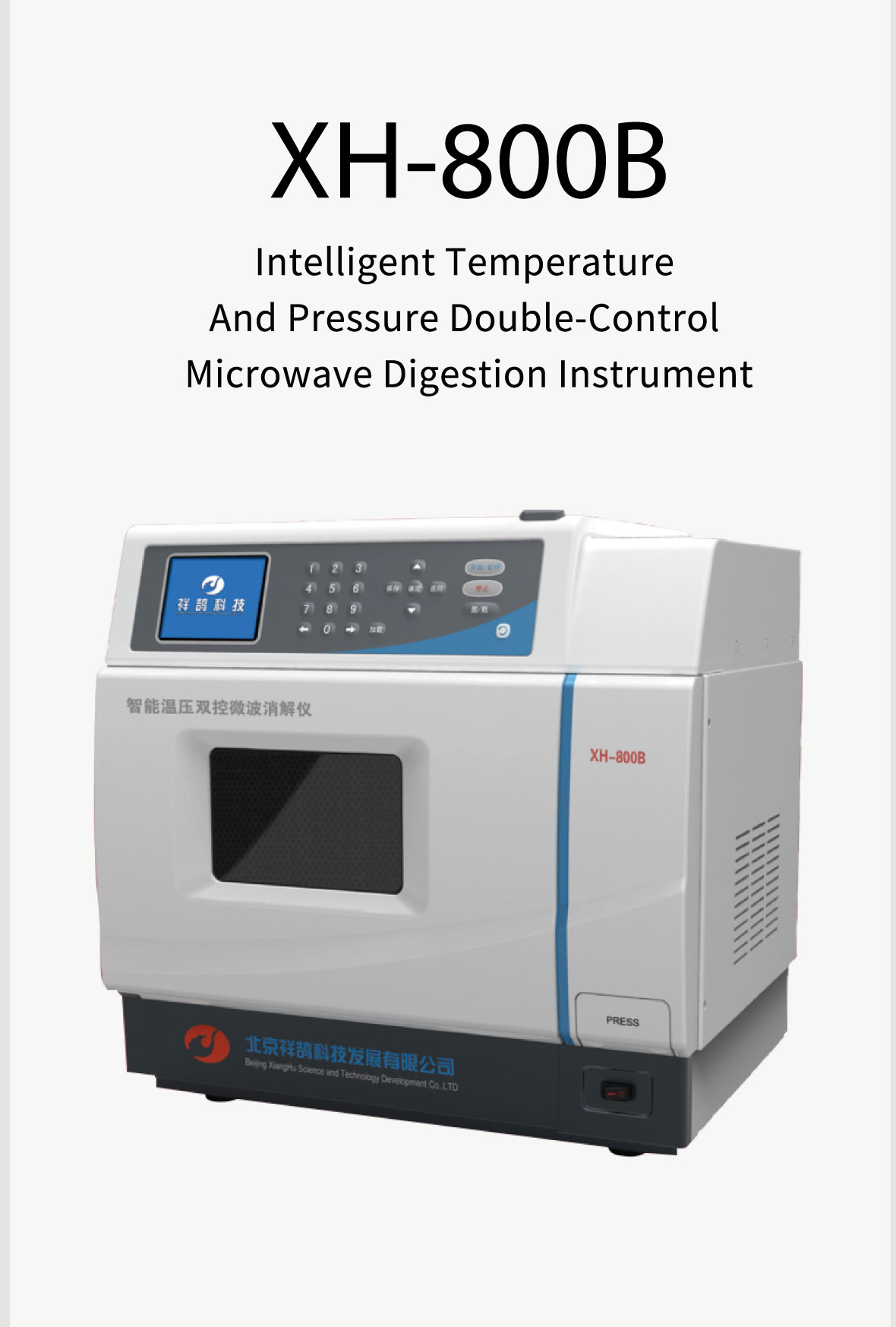
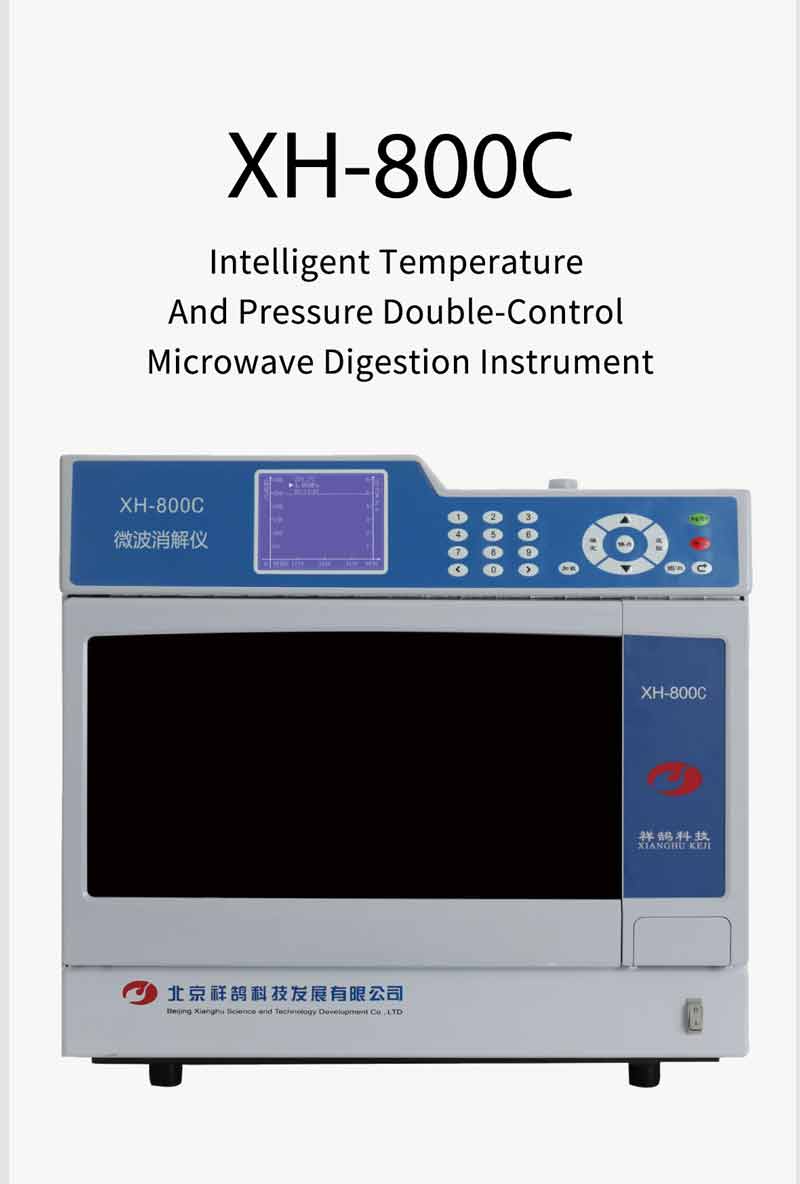
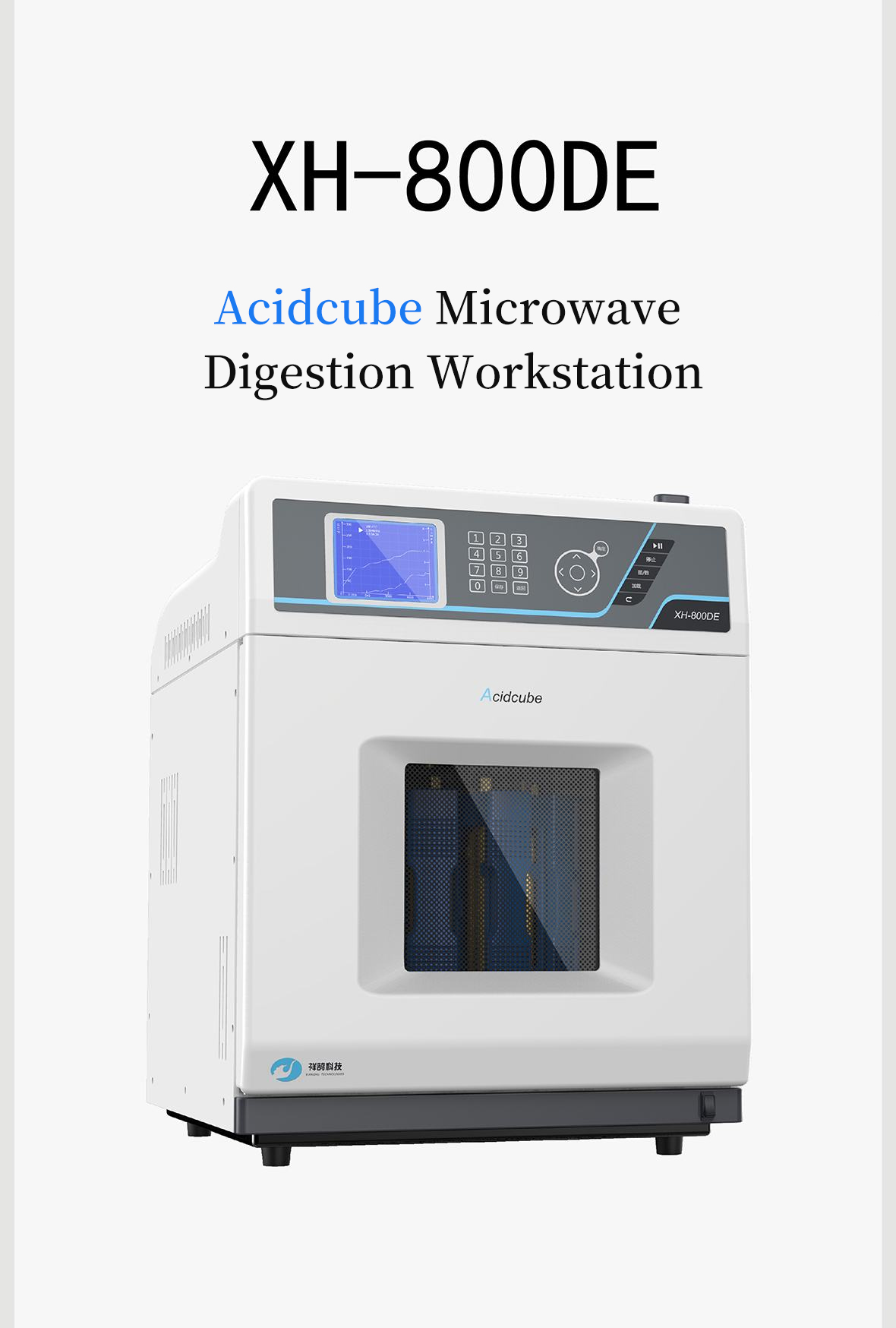

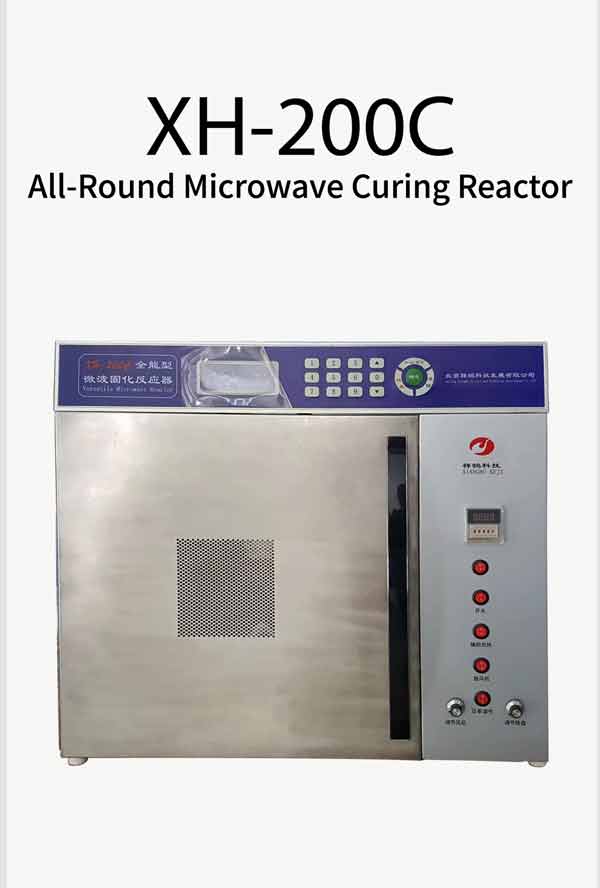
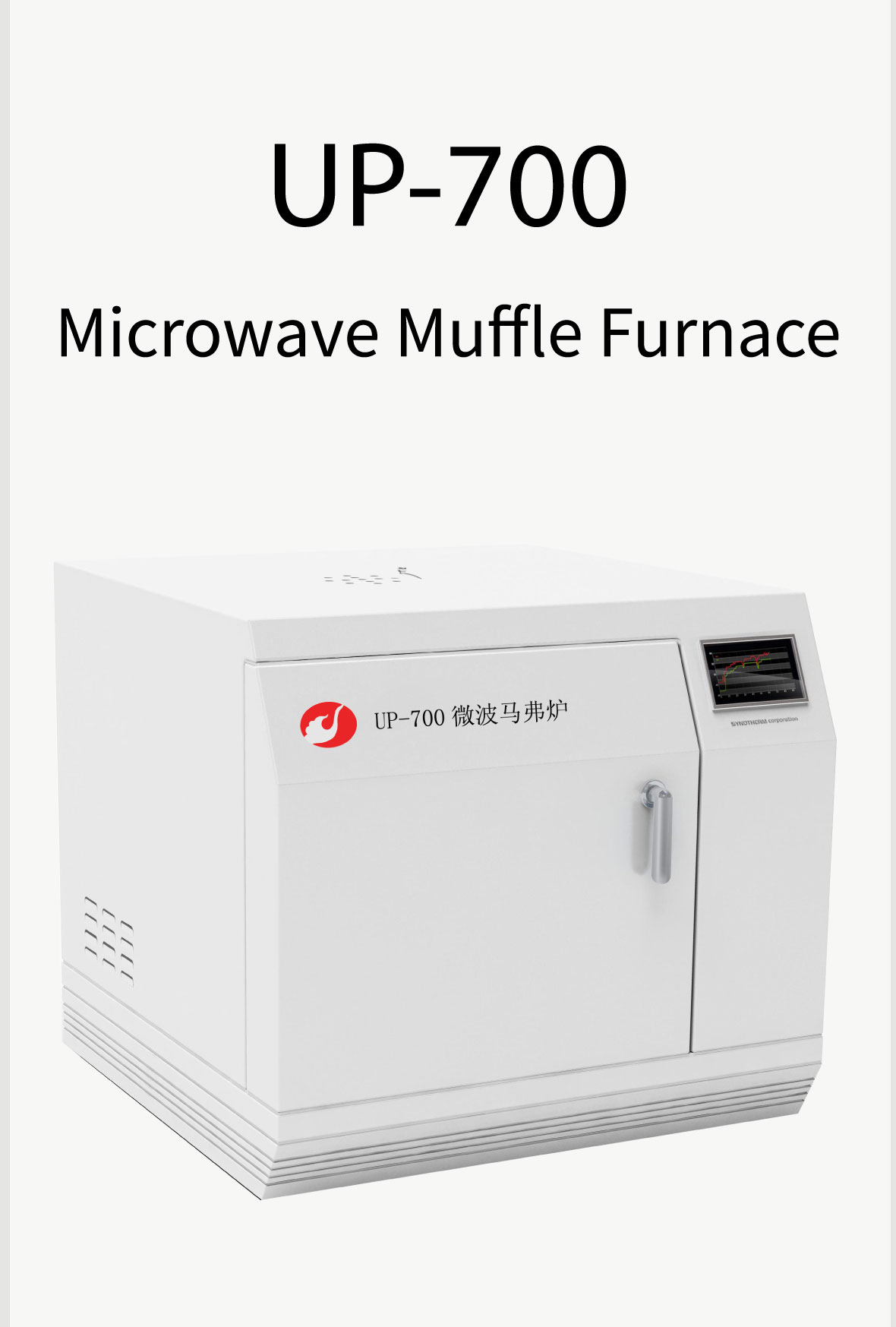

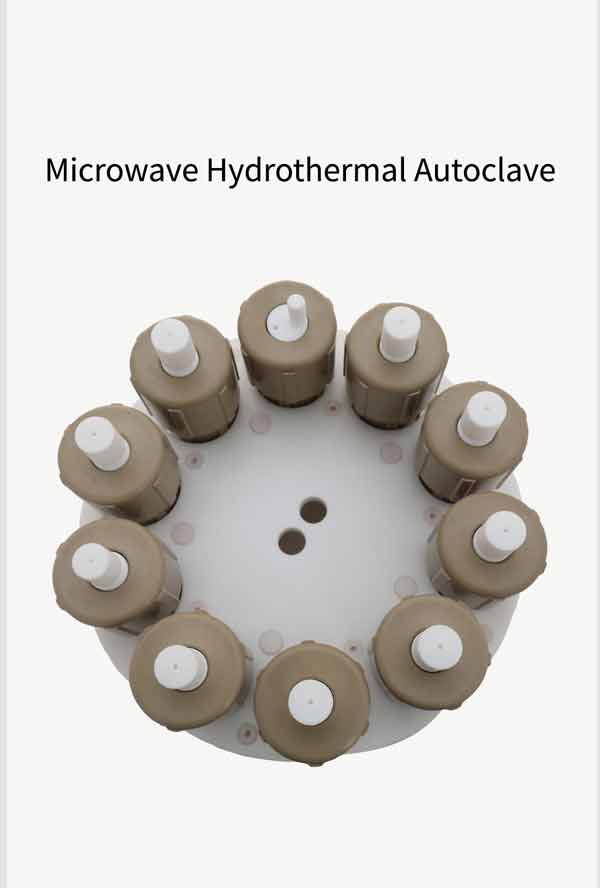
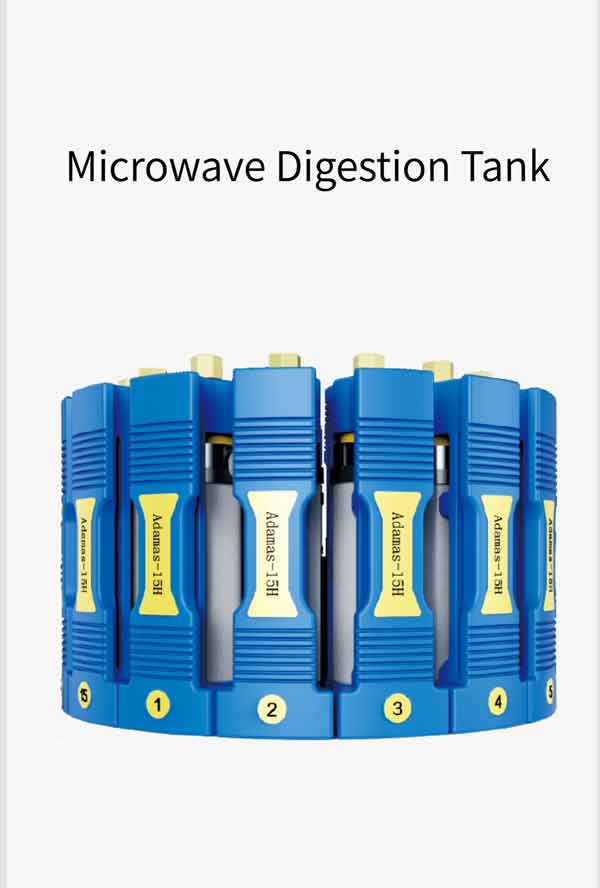



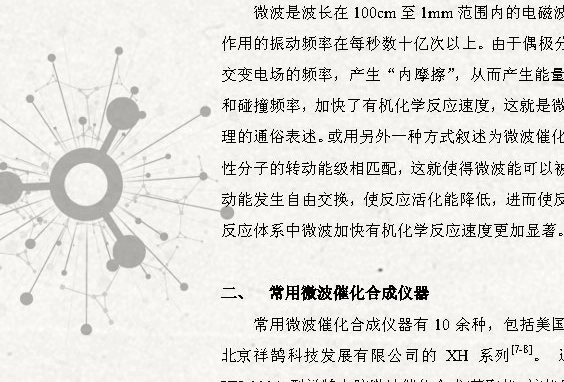
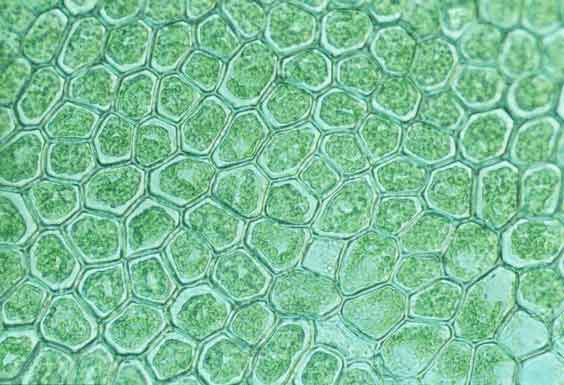
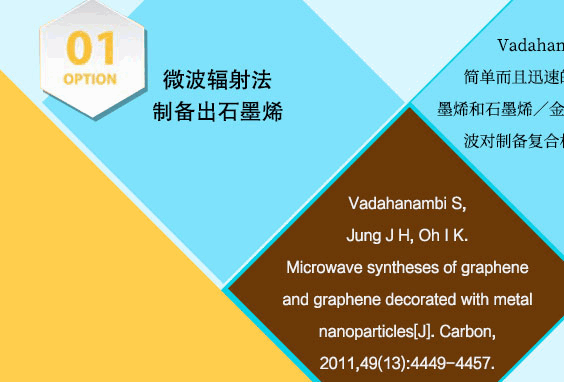

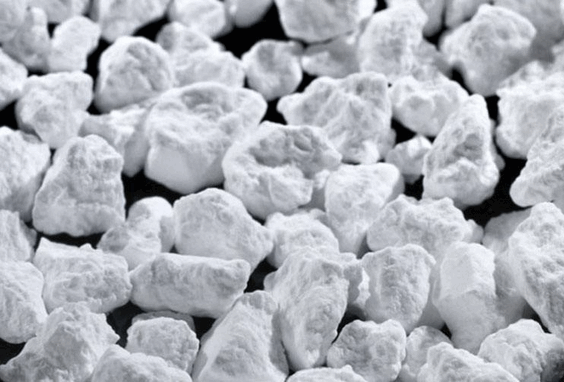
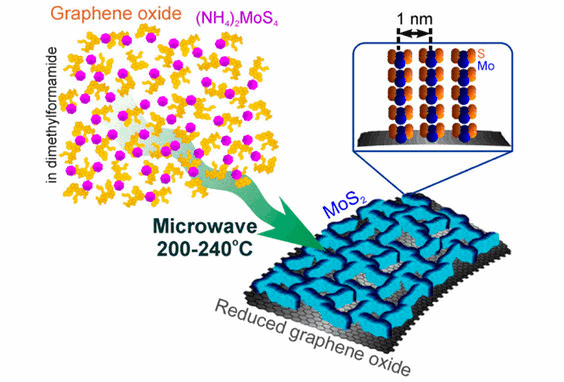
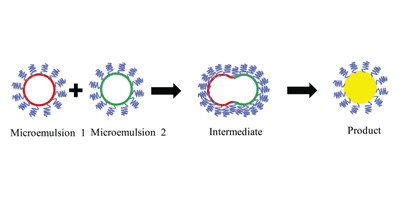

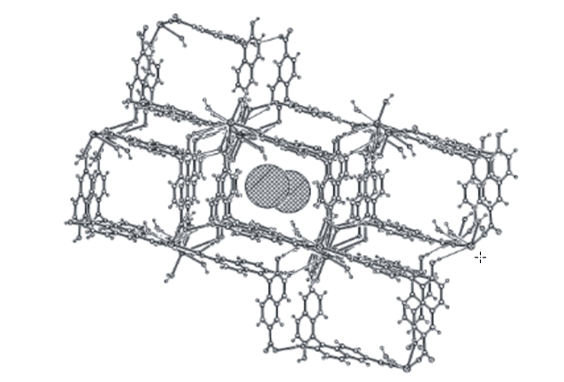







 京ICP备15050585号
京ICP备15050585号

